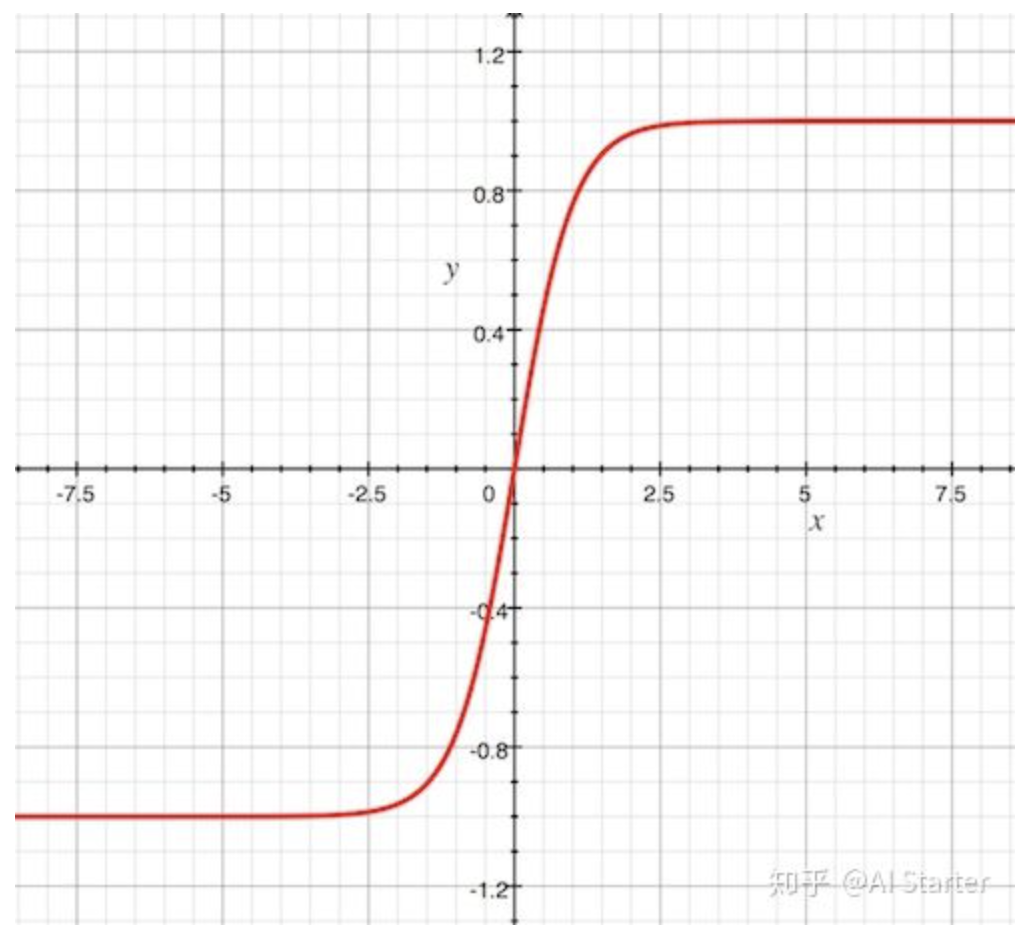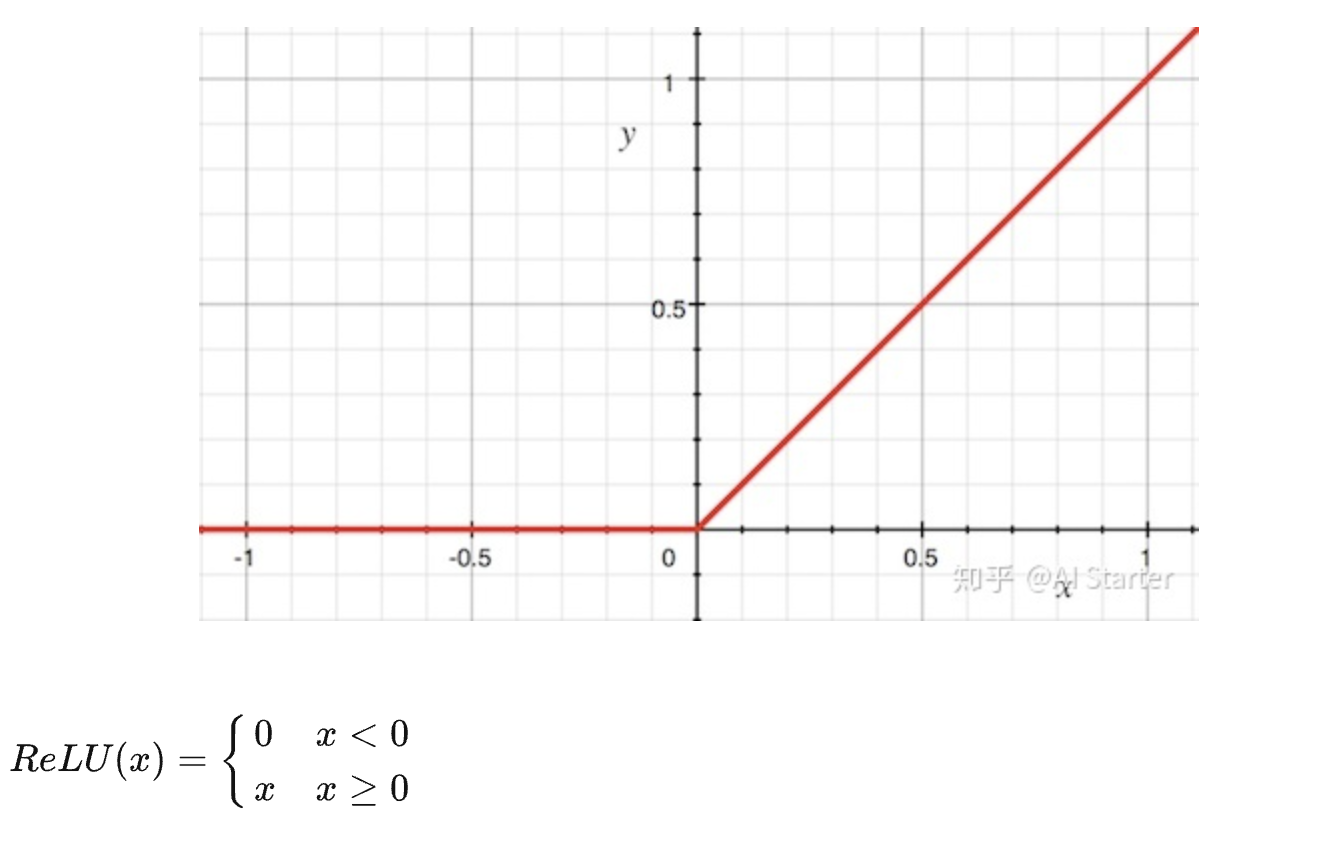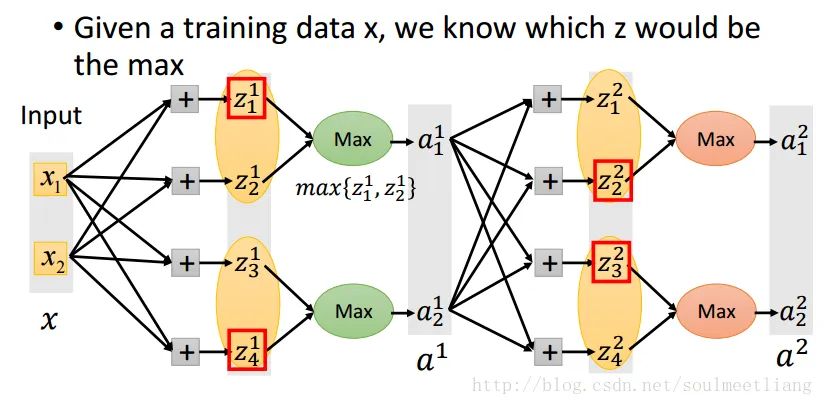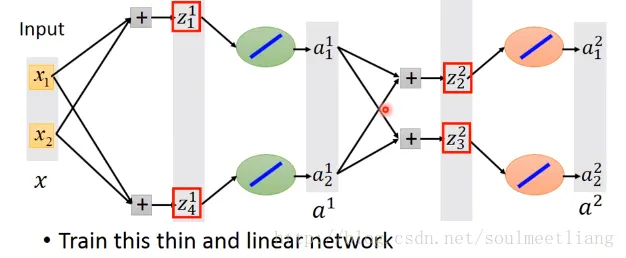Activation functions
Why we need?
- add non-linear factor, solve the problem that linear models cannot represent
- Provide better interpretability to the model
Common activations
Sigmoid
\[sig(z) = \frac{1}{e^{-z} + 1}\] \[sig'(z) = sig(z)(1 - sig(z))\]
- cons
- left and right all saturated, gradient vanishing
- exponential computation
- not zero-centered, lower convergence speed
tanh
\[tanh(x) = \frac{e^x - e^{-x}}{e^x + e^{-x}}\]
range from (-1, 1)
adv:
- compared with sigmoid
- faster convergence speed, larger slope near 0
- output mean 0
- larger saturated space
Softmax
\[softmax(z) = \frac{e^{z_i}}{\sum_{j=1}^{K}e^{z_j}}\]relu

dead relu problem: when $ x < 0 $ , ReLU output 0, when backpropagation, the gradient always 0, parameter will never be updated.
- adv:
- easy computation
- more similar to bio-inspired mechanism compared to tanh, sigmoid
- does not saturate, solve vanishing gradient
- fast convergence
- cons:
- not zero centered
- dead relu problem
leaky relu
\[LeakyReLU(x) = max(0.01x, x)\]adv:
- no dead relu problem
elu
\[ELU(x) = x, x > 0\\ ELU(x) = \alpha(e^x - 1), x \leq 0\]- adv
- mean activation close to 0
- more robust to noise
- con
- exponential computation
maxout


It is a learnable activation function
- Activation function in maxout network can be any piece-wise linear convex function
- How many pieces depending on how many elements in a group